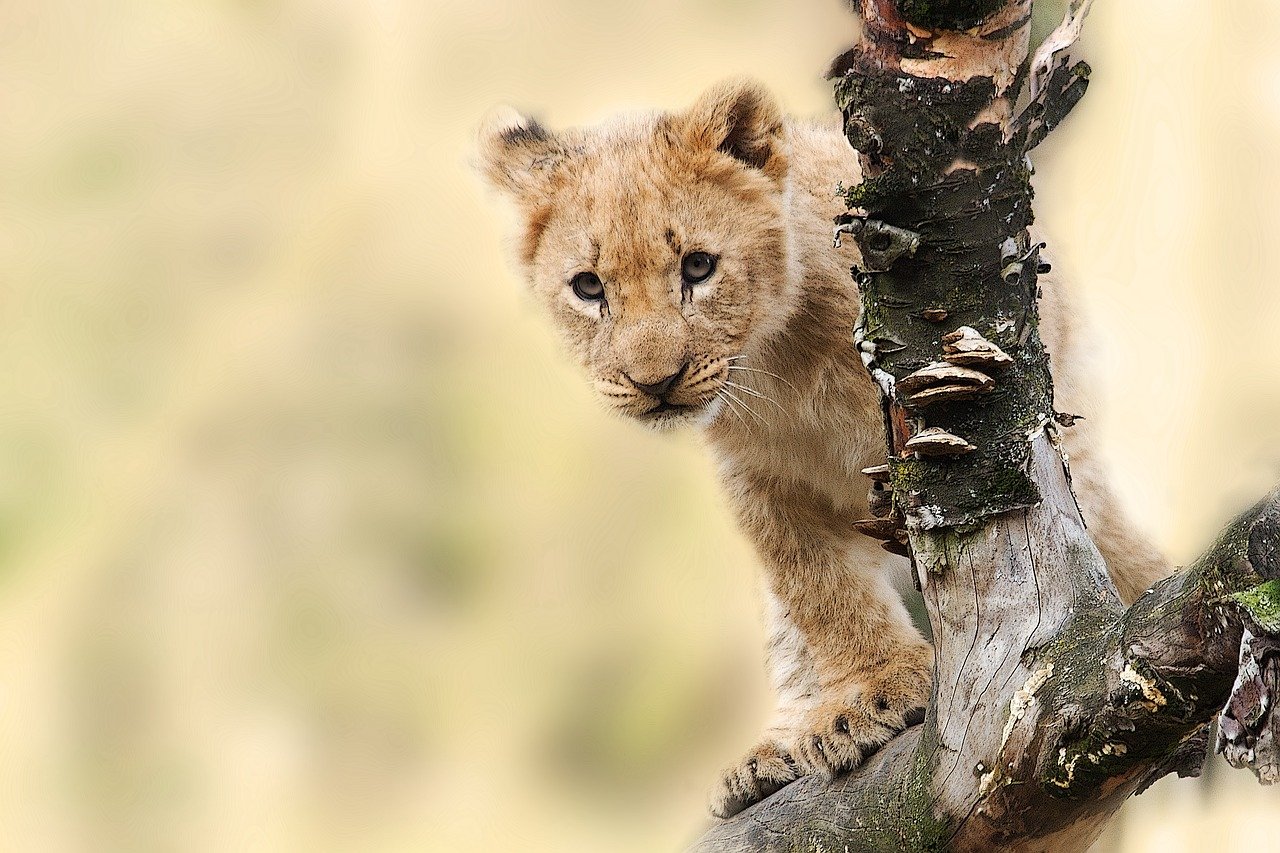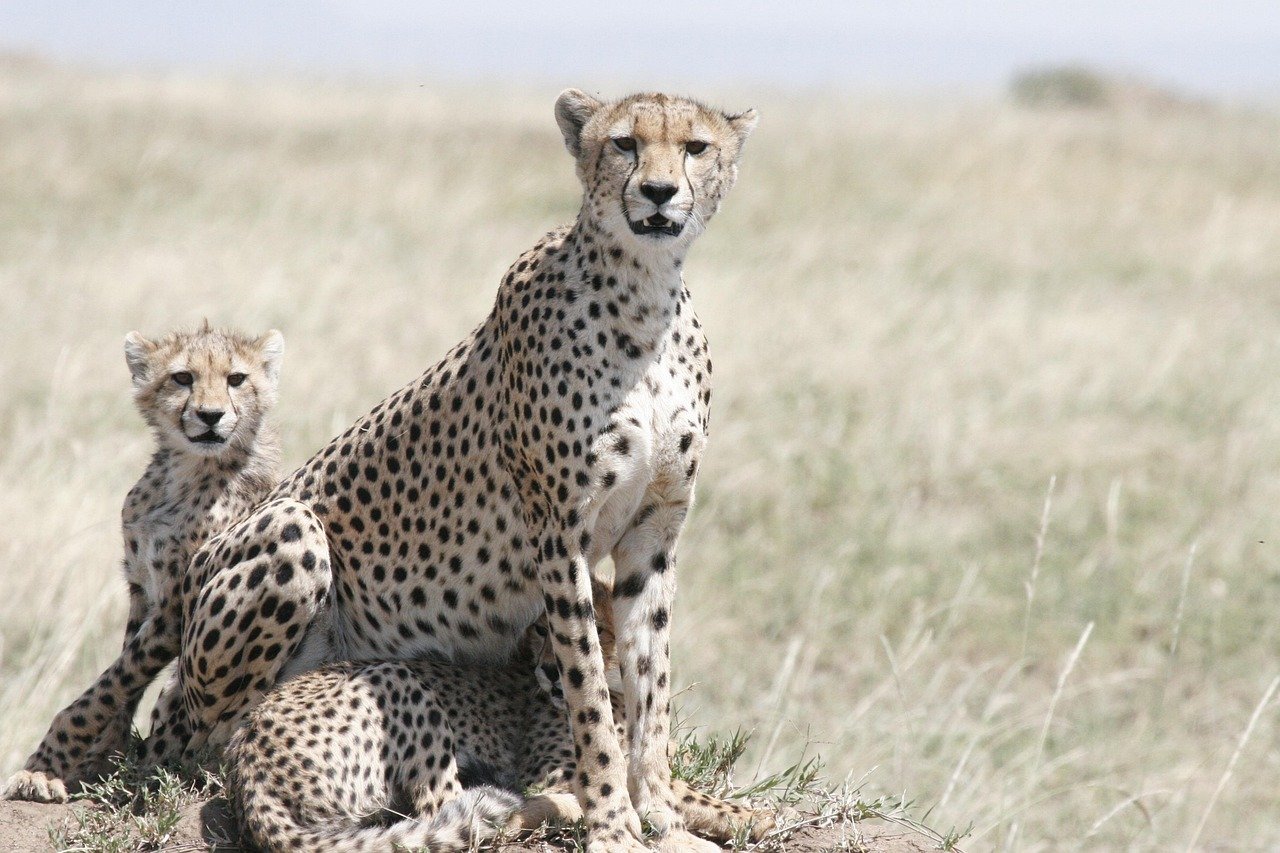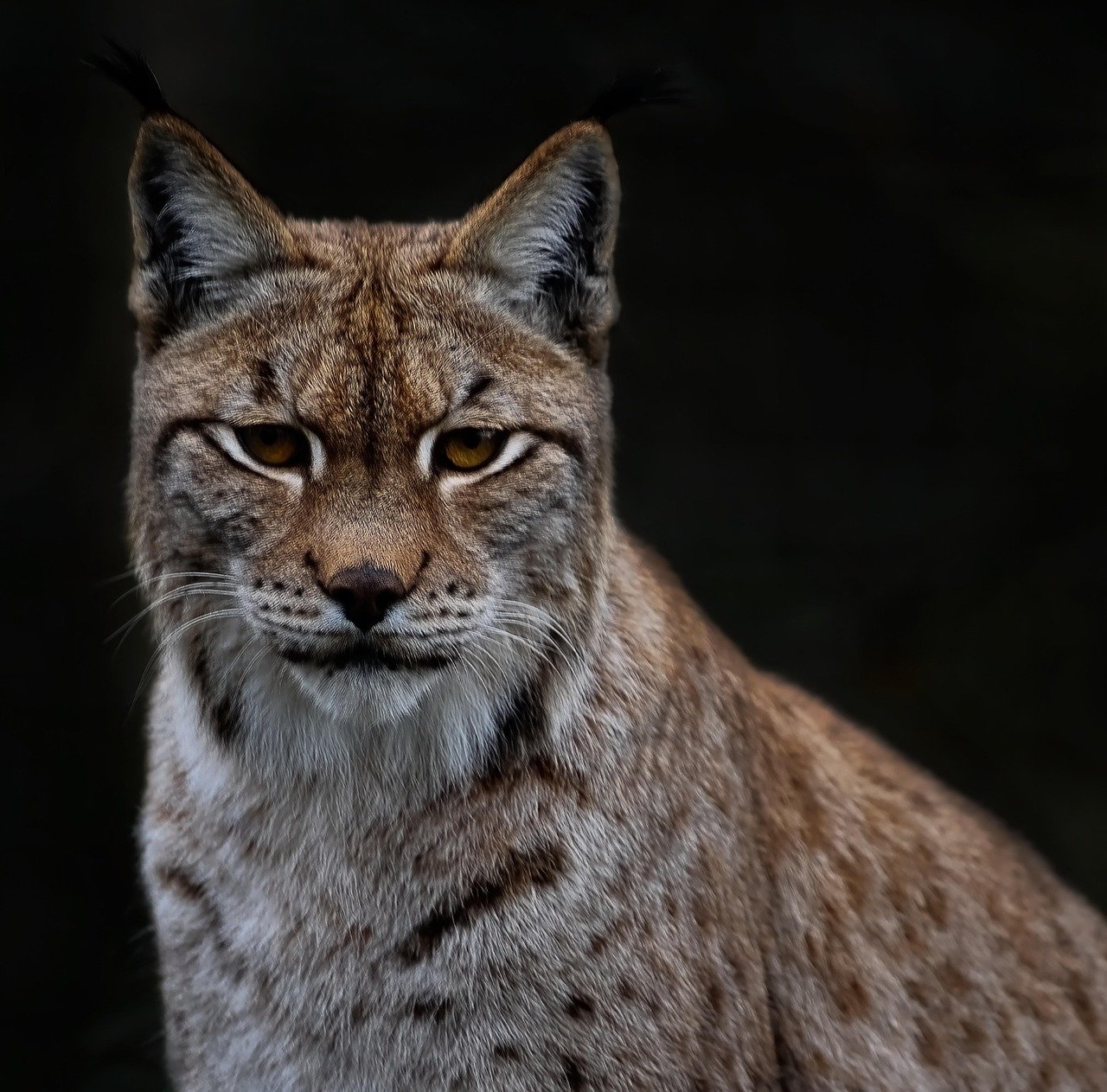Mountain Lions Roam California Suburbs

Picture this: you’re sipping your morning coffee in Beverly Hills when a 150-pound mountain lion strolls through your backyard. It’s not a scene from a Hollywood thriller – it’s reality in California’s urban sprawl. These adaptable predators have mastered the art of city living, hunting deer in residential areas and raising cubs under porches.
Mountain lions can leap 40 feet horizontally and 15 feet vertically, making suburban fences about as effective as tissue paper. They’ve been spotted in shopping centers, school playgrounds, and even luxury golf courses. Unlike their African cousins, these cats are surprisingly good neighbors – most encounters end with the cat simply walking away.
Leopards Rule Mumbai’s National Park

In the heart of Mumbai, where 20 million people create chaos daily, leopards have claimed their territory in Sanjay Gandhi National Park. These spotted shadows live just miles from Bollywood studios and bustling markets. They’ve adapted to city life so well that Mumbai now hosts one of the world’s highest leopard densities.
These urban leopards have developed street smarts that would impress any city dweller. They avoid rush hour traffic, hunt stray dogs instead of traditional prey, and have learned to navigate concrete jungles with the same grace they once used in actual jungles. Some even raise their cubs in abandoned buildings and construction sites.
Jaguars Patrol Brazilian Neighborhoods

The Amazon’s most powerful predator hasn’t retreated to remote rainforests – jaguars now patrol the edges of Brazilian cities like Manaus and Santarem. These muscular cats, capable of crushing turtle shells with their bite, have discovered that urban areas offer unexpected hunting opportunities. Their presence creates both fear and fascination among locals.
What makes urban jaguars particularly impressive is their swimming ability. They cross rivers to reach different neighborhoods, treating city waterways like highways. Local fishermen report seeing jaguars swimming alongside their boats, completely unbothered by human presence.
African Lions Invade Kenyan Towns

Kenya’s expanding towns face an unexpected challenge: lions treating urban areas as their personal hunting grounds. These apex predators have learned that livestock in town outskirts provides easier meals than wild prey. The result is a dangerous dance between humans and the king of beasts in places like Nairobi’s suburbs.
Unlike zoo lions, these urban predators retain their wild instincts while adapting to city sounds and smells. They’ve been found sleeping under trucks, hunting in industrial areas, and even wandering through residential streets at dawn. Their presence forces entire communities to change their daily routines.
Tigers Stalk Indian Villages

India’s tiger population recovery has an unexpected consequence: these striped giants now regularly visit human settlements. In states like Uttarakhand and Maharashtra, tigers treat villages like rest stops on their territorial journeys. They slip through settlements under cover of darkness, leaving only pugmarks as evidence of their passage.
These village-visiting tigers have developed remarkable stealth skills, moving through human habitats without detection. They’ve learned to avoid barking dogs, navigate around streetlights, and even time their movements with local activity patterns. Some tigers have become so comfortable that they use village ponds as drinking spots.
Pumas Prowl Patagonian Cities

In Chile’s southern cities, pumas have become unlikely urban residents. These tawny cats, also known as cougars, regularly patrol the outskirts of towns like Punta Arenas and Calafate. They’ve discovered that city edges provide perfect hunting grounds for their favorite prey – and sometimes, unfortunate pet encounters.
Patagonian pumas have adapted to extreme weather conditions that would challenge most big cats. They hunt in snow, navigate icy streets, and have learned to shelter in abandoned buildings during fierce storms. Their thick winter coats make them perfectly suited for urban life in one of the world’s harshest climates.
Cheetahs Race Through Namibian Farmlands

The world’s fastest land animal hasn’t slowed down for human development. Cheetahs regularly sprint through Namibian farmlands and small towns, treating cattle fences like minor obstacles. Their presence creates unique challenges for farmers who must protect livestock from these speed demons.
These farmland cheetahs have maintained their incredible hunting abilities while adapting to human-modified landscapes. They’ve learned to hunt during different hours to avoid human activity and have discovered that farm roads make excellent sprinting tracks. Some cheetahs have even been spotted resting in farm equipment sheds.
Lynx Lurk in European Suburbs

Europe’s largest wild cat has made a surprising comeback, with lynx now spotted in suburban areas across Germany, Switzerland, and France. These tufted-ear predators have adapted to life on the edges of human settlements, hunting rabbits in parks and raising kittens in abandoned buildings.
European lynx have developed remarkable stealth abilities that allow them to live virtually undetected near human populations. They’re most active during twilight hours, avoiding human contact while maintaining their wild hunting instincts. Their presence often goes unnoticed until security cameras capture their ghost-like movements.
Servals Sneak Through African Suburbs

Africa’s long-legged servals have discovered that suburban areas provide excellent hunting grounds for rodents and birds. These spotted cats, with their oversized ears and incredible jumping ability, regularly patrol the edges of cities like Nairobi and Johannesburg. They’ve become the ultimate urban stealth hunters.
Servals possess the longest legs relative to body size of any cat, making them exceptional at navigating suburban obstacles. They can leap 12 feet horizontally to catch birds and have adapted their hunting techniques to urban environments. Some servals have learned to hunt around streetlights, where insects attract their prey.
Ocelots Occupy Texas Border Towns

Along the Texas-Mexico border, ocelots have claimed territory in small towns and ranch areas. These beautifully marked cats, once nearly extinct in the United States, are slowly expanding their range into human-populated areas. Their presence represents both a conservation success story and a new challenge for border communities.
Border ocelots have developed unique adaptations to human infrastructure, using culverts and bridges as travel corridors. They’ve learned to avoid border patrol activities while maintaining their nocturnal hunting patterns. These cats represent hope for big cat conservation in unexpected places.
Conclusion

The coexistence of big cats and humans in 2025 represents one of nature’s most remarkable adaptation stories. These powerful predators have proven that concrete jungles can become their hunting grounds, suburban streets their territories, and human-modified landscapes their new homes. Their presence challenges our understanding of wildlife adaptation and urban planning.
As cities continue expanding into wild habitats, these encounters will likely become more common. The key lies in learning to share space with these magnificent predators while ensuring safety for both humans and cats. These urban big cats remind us that nature finds a way, even in the most unexpected places.
Which of these urban big cats surprised you the most with their city survival skills?
Hi, I’m Bola, a passionate writer and creative strategist with a knack for crafting compelling content that educates, inspires, and connects. Over the years, I’ve honed my skills across various writing fields, including content creation, copywriting, online course development, and video scriptwriting.
When I’m not at my desk, you’ll find me exploring new ideas, reading books, or brainstorming creative ways to solve challenges. I believe that words have the power to transform, and I’m here to help you leverage that power for success.
Thanks for stopping by, Keep coming to this website to checkout new articles form me. You’d always love it!






